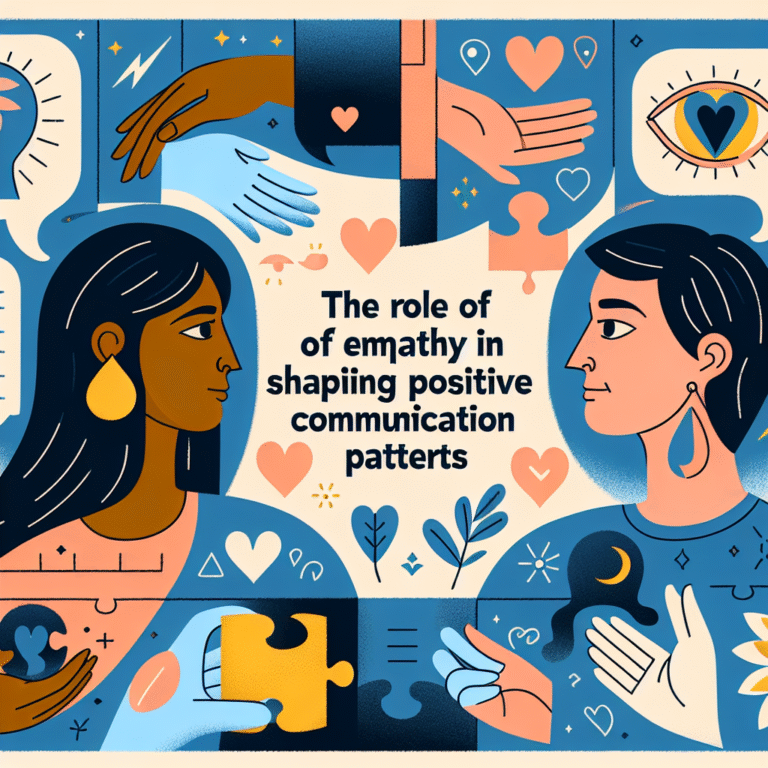
Introduction
Imagine waking up every day, feeling a profound sense of freedom and self-assurance, no longer tethered to the emotional strings that once bound you to others. This journey from attachment to independence is not merely a personal triumph but a vital growth process that shapes who we are. Emotional dependency, though often rooted in our earliest relationships, can evolve into an impediment that stymies our personal growth and self-fulfillment. In this comprehensive guide, we will explore the transformative path of overcoming emotional dependency, providing actionable insights and powerful examples to inspire your journey toward greater independence.
Understanding Emotional Dependency
What Is Emotional Dependency?
Emotional dependency refers to an excessive reliance on others for emotional validation, support, and happiness. While connections and relationships are fundamental to human experience, an unhealthy dependency can lead to feelings of inadequacy, anxiety, and even depression. The first step in transforming emotional dependency into independence lies in understanding its underlying causes.
Signs of Emotional Dependency
Recognizing the signs of emotional dependency is crucial in the journey from attachment to independence. Here are some common indicators:
- Need for constant reassurance: Regularly seeking validation from others to feel valued or worthy.
- Fear of abandonment: An intense fear that others will leave, driving you to cling to relationships, even when they are unhealthy.
- Difficulty making decisions: Relying heavily on others to make choices, leading to a lack of personal agency.
- Sacrificing personal needs: Consistently placing others’ needs above your own, often at a significant personal cost.
The Roots of Emotional Dependency
Understanding where emotional dependency originates can provide profound insights into its hold over you. Common origins include:
- Childhood experiences: Inconsistent parenting, neglect, or overprotection can lead to dependency patterns.
- Past trauma: Experiences of betrayal or abandonment can create a fear-based attachment to relationships.
- Low self-esteem: Individuals who struggle with self-worth often seek external validation as a coping mechanism.
The Impact of Emotional Dependency on Personal Growth
Stagnation of Potential
Emotional dependency can hinder personal growth by keeping you in a cycle of fear and inadequacy. This stagnation often prevents you from pursuing your dreams, trying new things, or taking necessary risks.
Quality of Relationships
While relationships can offer support, emotional dependency can distort them, making them feel toxic or unfulfilling. An unhealthy attachment might lead to resentment, manipulation, or toxic dynamics that leave both parties feeling drained.
Case Study: Sarah’s Journey
Background: Sarah, a 30-year-old graphic designer, found herself constantly relying on her partner for emotional validation. Despite her talent, fear of rejection held her back from pursuing freelance opportunities.
Analysis: Sarah’s story illustrates how emotional dependency can prevent professional growth. By recognizing her patterns and adopting strategies for independence, she transitioned into a successful independent freelancer and fostered healthier relationships.
The Path from Attachment to Independence
Step 1: Self-Awareness
The journey to independence begins with self-awareness. Reflect on your emotional triggers and patterns. Keeping a journal can facilitate this process, enabling you to track your emotional responses, relationships, and moments of dependency.
Step 2: Building Self-Esteem
Investing in yourself is paramount. Engage in activities that make you feel competent and fulfilled. Consider pursuing new hobbies, taking courses, or volunteering. As you cultivate your skills, your self-esteem will naturally flourish.
Step 3: Establishing Boundaries
Emotional independence hinges on setting healthy boundaries. Learn to distinguish between supportive relationships and those that drain you. Communication is key—express your needs clearly and stand firm in your limits.
Table: Healthy vs. Unhealthy Boundaries
| Aspect | Healthy Boundaries | Unhealthy Boundaries |
|---|---|---|
| Communication | Open and honest | Passive-aggressive |
| Personal Space | Respected by all | Constantly violated |
| Emotional Influence | Mutual support | One-sided dependency |
Step 4: Cultivating a Supportive Network
Surround yourself with individuals who uplift and empower you. Seek friendships that offer mutual support rather than fostering emotional dependency. This change can significantly enhance your emotional landscape.
Step 5: Practicing Self-Compassion
Overcoming emotional dependency can be challenging; it’s vital to practice self-compassion during this process. Embrace your imperfections, understanding that growth takes time.
The Role of Therapy
When to Seek Professional Help
For many, therapy is an invaluable resource in the journey from attachment to independence. If you find yourself struggling to make progress, a mental health professional can offer guidance, coping strategies, and a safe environment to unearth deeply rooted issues.
Case Study: John’s Breakthrough with Therapy
Background: John, a 28-year-old teacher, relied heavily on his friends for emotional support, often feeling lost when they were unavailable.
Analysis: After seeking therapy, John learned to identify and address his emotional dependencies, gradually fostering self-confidence and establishing boundaries. This shift allowed him to take control of his life and create healthier relationships.
Tools for Personal Growth
Mindfulness and Meditation
Mindfulness practices can significantly enhance your emotional awareness. Techniques such as meditation or breathing exercises foster detachment from emotional triggers, promoting resilience and independence.
Visualization Techniques
Visualizing scenarios where you assert boundaries or make decisions independently can aid in overcoming fears. Imagining these positive outcomes can build confidence and set the stage for real-life applications.
Journaling for Growth
Keeping a journal dedicated to your journey from attachment to independence can serve as a potent tool for reflection. Record your thoughts, feelings, successes, and setbacks, allowing you to track your personal growth.
Work-Life Balance
Striking a balance between professional obligations and personal time nurtures independence. Ensure that you allocate time for self-care, hobbies, and meaningful connections outside of your emotional dependencies.
The Transition: A Continuous Journey
The process of overcoming emotional dependency is not linear; rather, it is an ongoing journey of learning and growth. While setbacks may occur, commitment to the process can yield profound resilience and independence.
Conclusion
The journey from attachment to independence offers a pathway to profound personal growth. By recognizing emotional dependency, cultivating self-awareness, and implementing strategies for change, you can reclaim your independence and create a fulfilling life. Remember that the road to emotional freedom is unique for everyone, filled with challenges and triumphs. Embrace this journey, and let it lead you to a more authentic version of yourself.
FAQs
1. What is emotional dependency?
Emotional dependency is an excessive reliance on others for emotional support, validation, and happiness, which can lead to feelings of inadequacy and anxiety.
2. How can I recognize if I am emotionally dependent?
Common signs include the need for constant reassurance, fear of abandonment, difficulty in making decisions independently, and sacrificing personal needs for others.
3. What are effective strategies to overcome emotional dependency?
Key strategies include enhancing self-awareness, building self-esteem, establishing boundaries, cultivating a supportive network, and practicing self-compassion.
4. When should I consider seeking professional help?
If you find yourself struggling with emotional dependency and feel that self-help strategies are insufficient, seeking guidance from a mental health professional can provide valuable support.
5. How long does it take to overcome emotional dependency?
The timeline for overcoming emotional dependency varies for each individual. Commitment to personal growth and consistent effort will facilitate the process over time.
By embracing the journey from attachment to independence, you’re not just enhancing your personal growth; you’re empowering yourself to live a more authentic, joyful life.

















